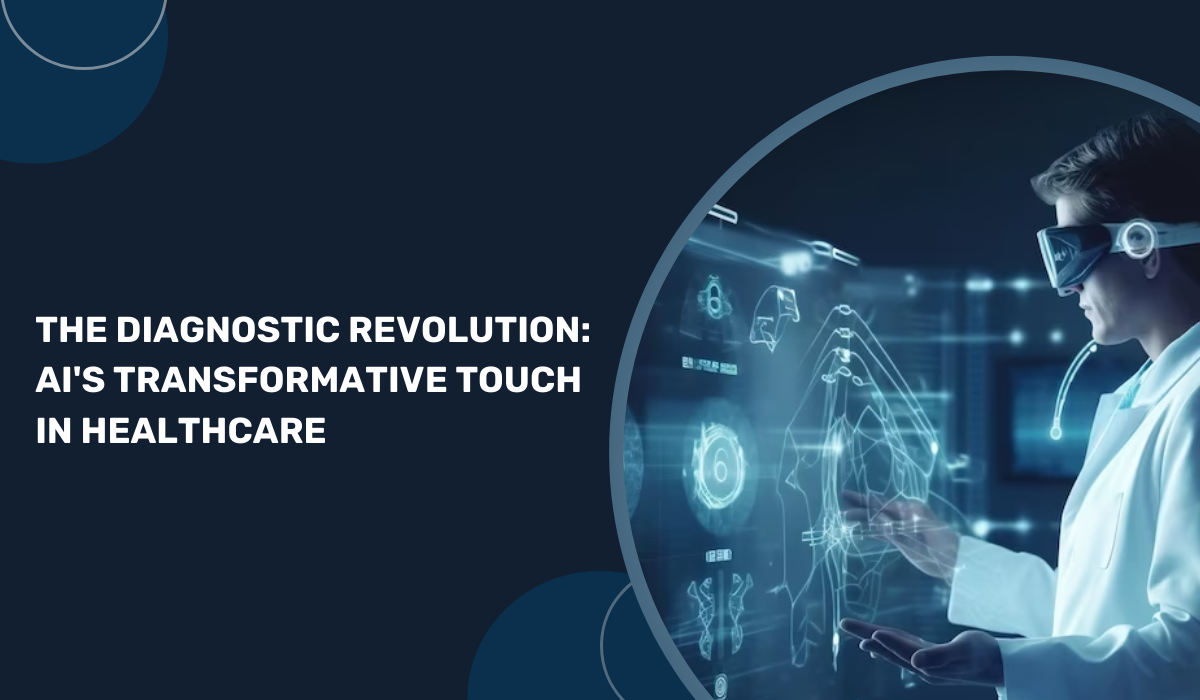
The rapid progression of technology has ushered in transformative changes, with telemedicine emerging as a groundbreaking breakthrough. This innovative approach harnesses communication technology to empower clinicians in remotely diagnosing, treating, and monitoring patients. Telemedicine proves advantageous in addressing global healthcare challenges, such as insufficient medical facilities, prolonged wait times, and overloaded healthcare systems. By facilitating patient communication through video calls and secure messaging platforms, it not only serves rural populations but also elevates healthcare accessibility for individuals with busy schedules.A pivotal aspect of technology-driven telemedicine is real-time remote monitoring, facilitated by wearable technology and health sensors.
These empower patients to track vital signs like heart rate, blood pressure, and blood glucose levels. The continuous monitoring is particularly crucial for individuals managing chronic conditions, enabling early detection of potential complications and paving the way for proactive and personalized treatment strategies.Efficient exchange of health information is another consequential outcome of technology integration in healthcare. Technological advancements, including electronic health records (EHRs) and telemedicine systems, have streamlined the sharing of medical data. Swift access to comprehensive information, such as medical history and diagnostic data, enables doctors to make more accurate diagnoses and provide well-informed treatment recommendations.
Artificial Intelligence (AI) has played a transformative role in healthcare diagnostics by analyzing vast amounts of medical data, aiding doctors in making more precise diagnoses. Early detection of potential ailments benefits patients, while AI-powered diagnostic systems assist medical practitioners in identifying population health patterns. This facilitates the implementation of targeted public health initiatives and preventive measures.The digital revolution, spearheaded by telemedicine, has dismantled geographical barriers in healthcare. Doctors can now attend to patients irrespective of their location, laying the foundation for a more inclusive, efficient, and patient-centered healthcare system. As technology continues to advance, the possibilities for the progression of telemedicine are limitless, promising a healthier and more connected future for both patients and medical practitioners. This convergence of technology and healthcare not only improves accessibility but also fosters a paradigm shift towards a more proactive and personalized approach to healthcare delivery.